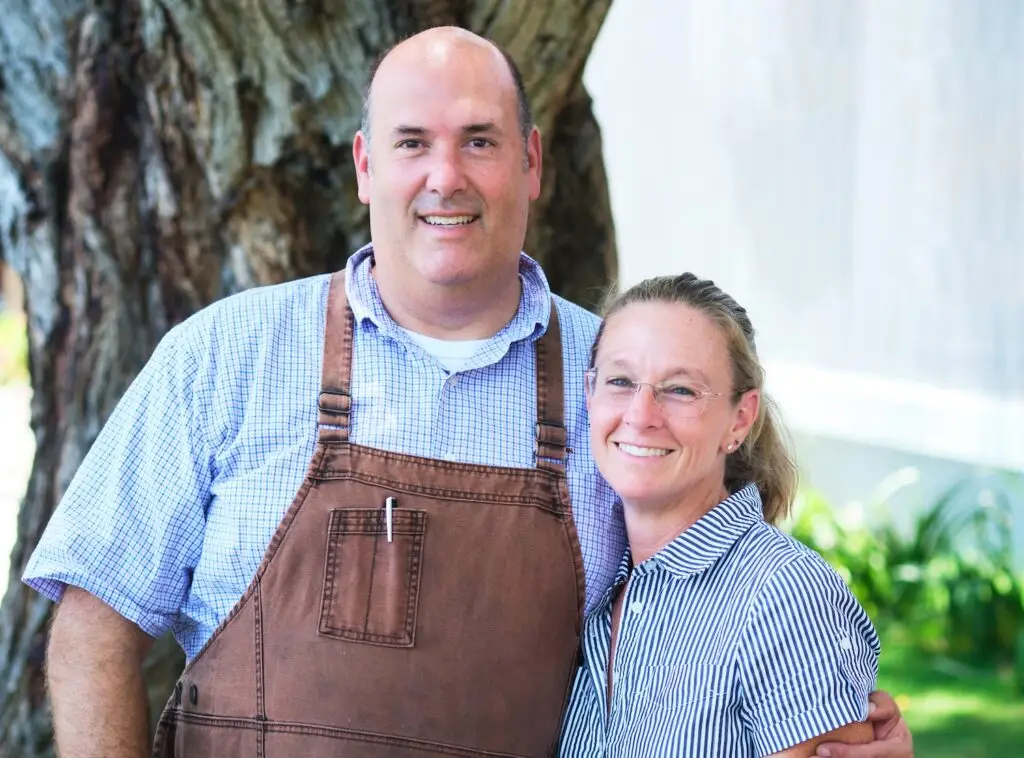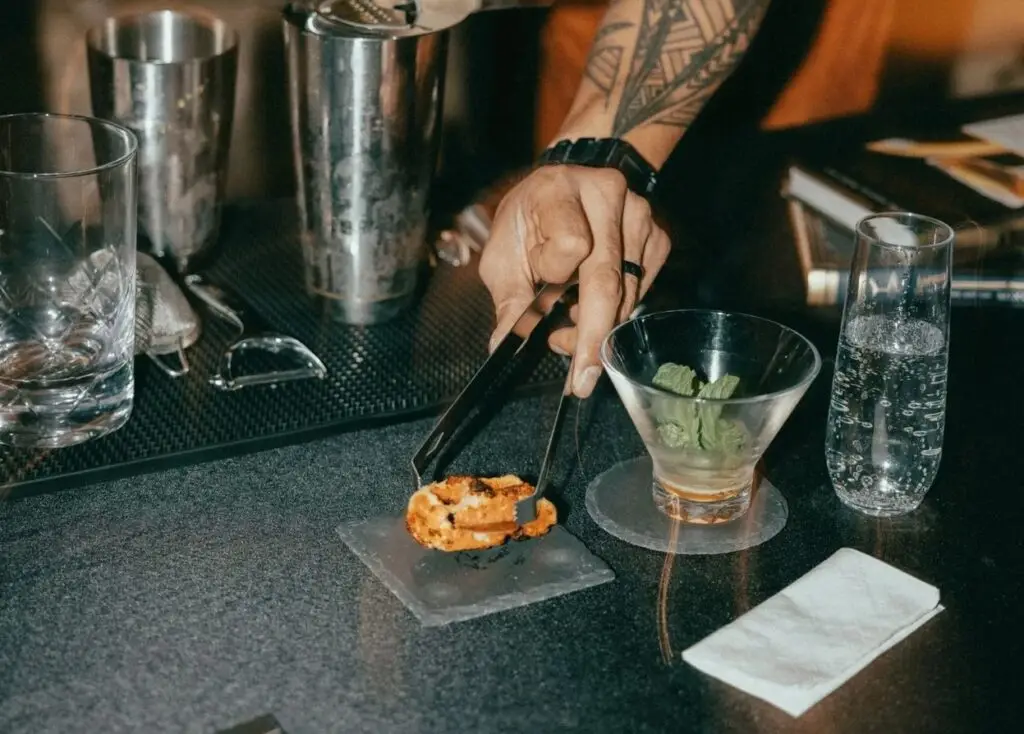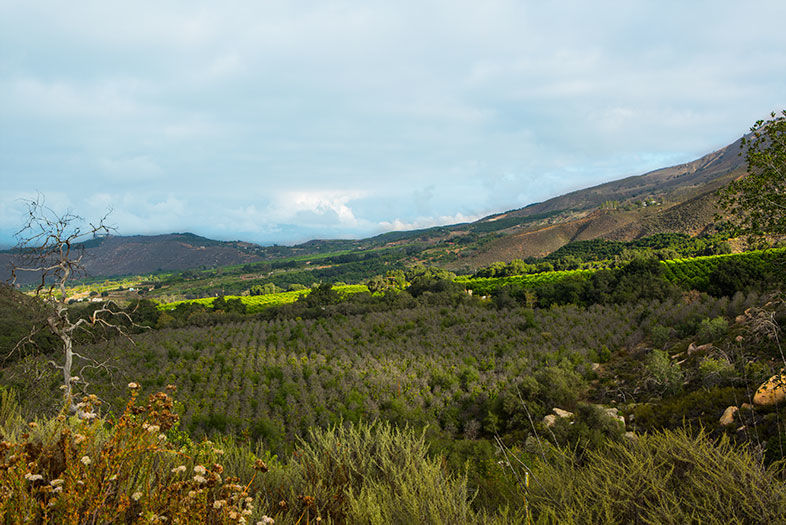Each casino has brought sophisticated entertainment to the region, including gaming, concerts with superstar performers, and world-class restaurants and Vegas-style bars. The casinos have also provided an enormous financial boost to the original inhabitants of the area. And the benefits of tribal enterprises extend far beyond the reservations. For example, in 2013, total revenues going to the local and state economies from Rincon-owned Harrah’s alone was a staggering $241 million.
Then there’s the history. American Indians have lived in this valley for 10,000 years. When the Spanish missionaries arrived, there were 42 Indian villages along the San Luis Rey River, from Mount Palomar to the Pacific Ocean. Today there are only four tribes living along the river: the La Jolla Band of Luiseño Indians, Pala Band of Mission Indians, Pauma Band of Luiseño Indians, and Rincon Band of Luiseño Indians.
The Luiseño take their name from the Mission San Luis Rey de Francia, in the present-day city of Oceanside. The mission was founded on June 13, 1798, by Padre Fermín Lasuén, and was the 18th of the Spanish missions established in California. Named for Saint Louis IX, king of Spain, the mission established jurisdiction over the native communities, and expanded its domain as far as San Jacinto and Temecula.
While some locals grumble about increased traffic, most people are appreciative of the resort/casinos. “They’ve provided many significant benefits” to Pauma, says Lyall, “including jobs and health care, improved housing, better education for their children, and just a greater sense of hope for a
brighter future.”

PARTNER CONTENT
American Indian Presence in Pauma Valley


















